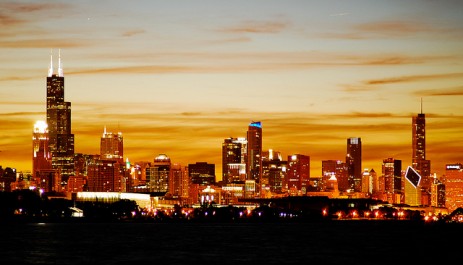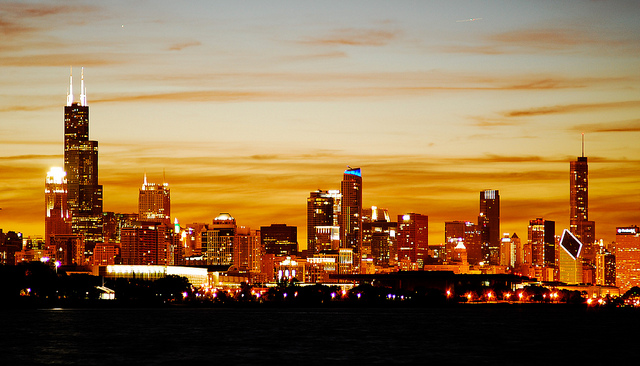 Feeling hot hot hot.Photo: Eric Allix RogersHow hot was it? It was so hot that dogs slept naked and even rabbits stopped having sex. But seriously, NOAA reports that the planet has just been through the warmest January-to-July period on record. And this July was second only to the scorching July of 1998 in terms of global heat.
Feeling hot hot hot.Photo: Eric Allix RogersHow hot was it? It was so hot that dogs slept naked and even rabbits stopped having sex. But seriously, NOAA reports that the planet has just been through the warmest January-to-July period on record. And this July was second only to the scorching July of 1998 in terms of global heat.
Tomorrow, a 40 percent chance of cataclysm: Is this summer’s potent weather giving us a nasty taste of our future? In a front-page New York Times story on Sunday, Justin Gillis quotes a number of scientists who aren’t about to blame any one hellacious heat wave or torrential downpour on climate change, but do feel increasingly confident that global warming is driving the intense weather. Says NASA climate scientist Gavin Schmidt:
If you ask me as a person, do I think the Russian heat wave has to do with climate change, the answer is yes. If you ask me as a scientist whether I have proved it, the answer is no — at least not yet.
Climate researchers meeting in Boulder, Colo., this week will ask a tougher question: If extreme weather is in the cards, how can scientists get better at predicting brutal heat waves and cataclysmic floods well before they happen? Writing in The Observer, Robin McKie quotes Peter Stott, head of the Met Office, the U.K.’s national weather service:
We need to be able to forecast events weeks or months ahead of their occurrence so people can mitigate their worst impacts. We also need to consider the longer-term context and see if we need to build better sea defenses at a particular location and assess how high dykes or walls need to be. Certainly, one thing is clear: there is no time to waste. The effects of global warming are already upon us.
Nothing yet from Lady Gaga: Earlier this month, Russian President Dmitry Medvedev publicly declared that the extreme heat and fires plaguing his country are evidence of global climate change. Now the Dalai Lama is weighing in:
According to experts these very unusual floods [in Pakistan] and the devastating fires in Russia are symptoms of a deeper malaise occurring due to unprecedented global warming and other environmental causes.
Business as usual: All this excessive weather isn’t dissuading those climate-change deniers at the U.S. Chamber of Commerce. After helping to lead the charge against climate legislation in the Senate all spring and summer, the group is now taking the EPA to court to challenge its authority to control greenhouse gases. On Friday, the Chamber filed suit over the EPA’s recent rejection of petitions from the Chamber and others arguing that the agency was wrong to find that greenhouse gases are harmful.
The EPA is also becoming a favorite target on the campaign trail. Rand Paul, the Republican Senate candidate in Kentucky, says the agency is out to do Barack Obama’s dirty work to kill the coal industry. Ranted Rand, “you need to keep the EPA out of our affairs because we need jobs, and we’re not going to get jobs with a busybody EPA that’s in our way.”
California’s dreamin’: NPR launched a weeklong series by Lauren Sommer today about the huge challenge California faces in meeting its goal of getting one-third of its energy from renewable sources by 2020 — even though several huge solar projects in the Mojave Desert got the go-ahead earlier this month. As NPR’s graphics on renewable energy around the country suggest, it looks like a lot of states are going to have a helluva time making their clean energy goals.
A sticky situation: Much has been made lately about China cleaning our clock when it comes to dealing with climate change. We can’t get even a lame energy bill out of the Senate, while China has a new plan to spend almost $740 billion on renewable energy during the next decade. And today comes a report that the Chinese government has cut off power to more than 500 factories because they weren’t meeting emissions standards.
Of course, China also has its own unique challenges, as pointed out by Daniel K. Gardner in the Los Angeles Times. The country goes through 45 billion pairs of throwaway wooden chopsticks a year; according to Greenpeace China, that means about 100 acres of trees are chopped down every day.



